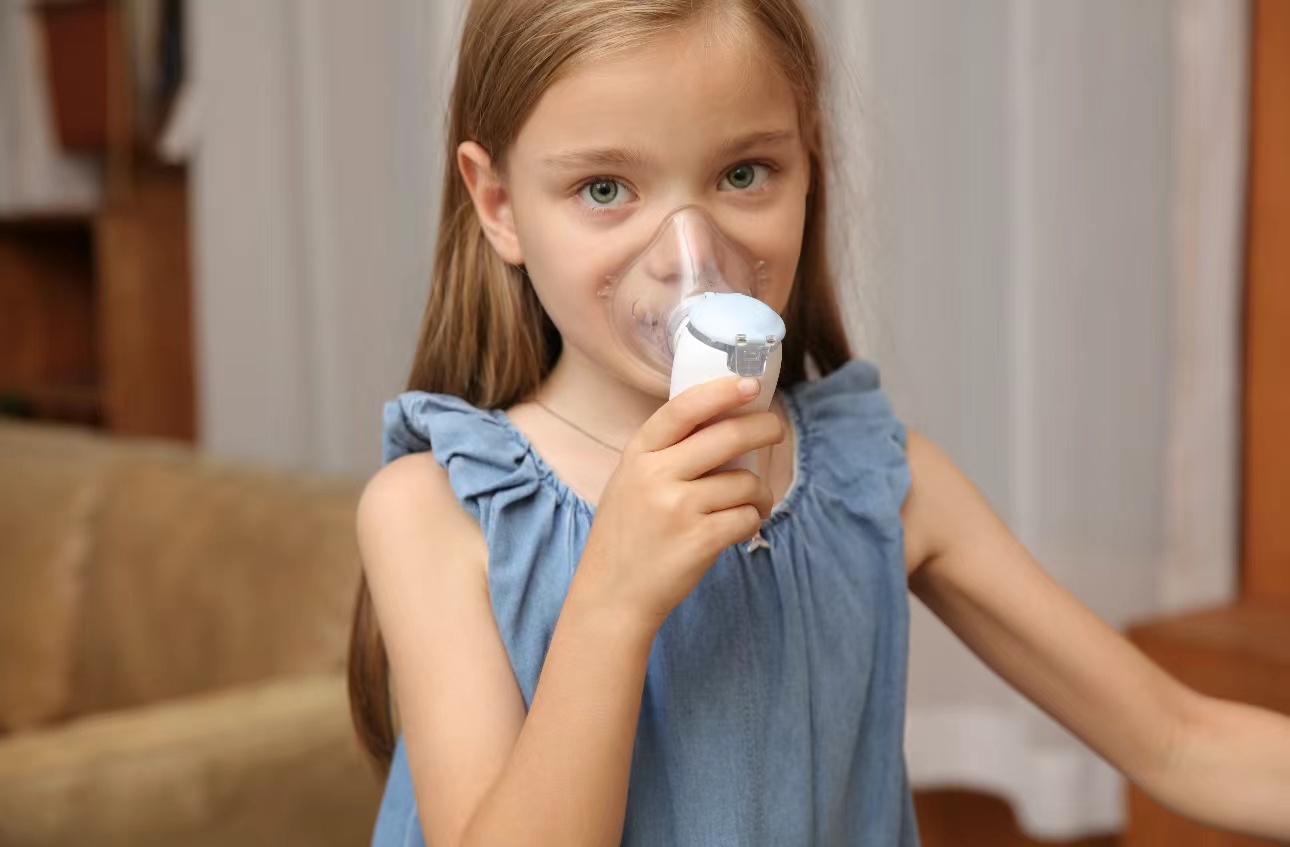Pediatric bronchopneumonia is a common clinical respiratory disease in pediatrics and is the leading cause of death in children<5 years of age. The clinical course of bronchopneumonia is influenced by a number of factors, including the patient's age, condition, immunity, and various medical interventions. In addition to infection control, anti-inflammatory measures such as cough suppression and sputum reduction should not be neglected. At present, the clinical treatment of pediatric bronchopneumonia is mainly the application of anti-infective drugs for antibacterial and antiviral therapy, but the simple application of anti-infective drug therapy is not ideal.

Ambroxol hydrochloride is an expectorant, on the one hand, it can dilute sputum, strengthen the ciliary function of columnar epithelial cells, which is conducive to sputum discharge; on the other hand, it can promote the synthesis and secretion of alveolar surface-active substances, and reduce the surface tension; in addition, it has an antioxidant effect as well as reduces the release of inflammatory mediators, attenuates bronchial hyperresponsiveness and reduces inflammatory reactions in lung tissues. Other studies have shown that Ambroxol hydrochloride increases the concentration of antimicrobial drugs in the airways, enhances their anti-infective capacity, and strengthens the ability of macrophages to phagocytose and kill bacteria. Therefore, Ambroxol Hydrochloride is widely used in the clinical treatment of respiratory diseases to stop cough and expectorant, especially nebulized inhalation can directly enter the lesion to play a rapid role. Budesonide is a new type of adrenocorticotropic hormone, with high glucocorticoid receptor binding capacity, strong anti-inflammatory effect, and a small dose can achieve significant therapeutic effect.
The application of budesonide in the treatment of pneumonia is mainly related to the following effects:
1.inhibition of the synthesis and release of inflammatory cytokines and inflammatory mediators.
2. Repairing the airway and inhibiting airway hyperreactivity.
3. Inhibiting the release of mucus glycoproteins in the airways and secretion from the airway epithelial mucosa.
The systemic adverse effects of glucocorticoids limit the clinical use of these drugs. However, nebulized inhalation budesonide dose is small, the drug is mainly absorbed by the lungs, high deposition rate in the lungs, long retention time, strong local anti-inflammatory effect, and strong first-pass metabolism of budesonide swallowed through the mouth (90%), so there are fewer adverse reactions at therapeutic doses, and the safety is higher.
A study showed that budesonide combined with aminobromosol hydrochloride nebulized inhalation treatment of pediatric bronchopneumonia was superior to nebulized inhalation of aminobromosol hydrochloride alone, both in terms of the degree of symptom elimination and the duration of symptoms. Therefore, budesonide combined with ambroxol hydrochloride nebulized inhalation is effective in improving the symptoms of pediatric bronchopneumonia, and is worthy of clinical recommendation.